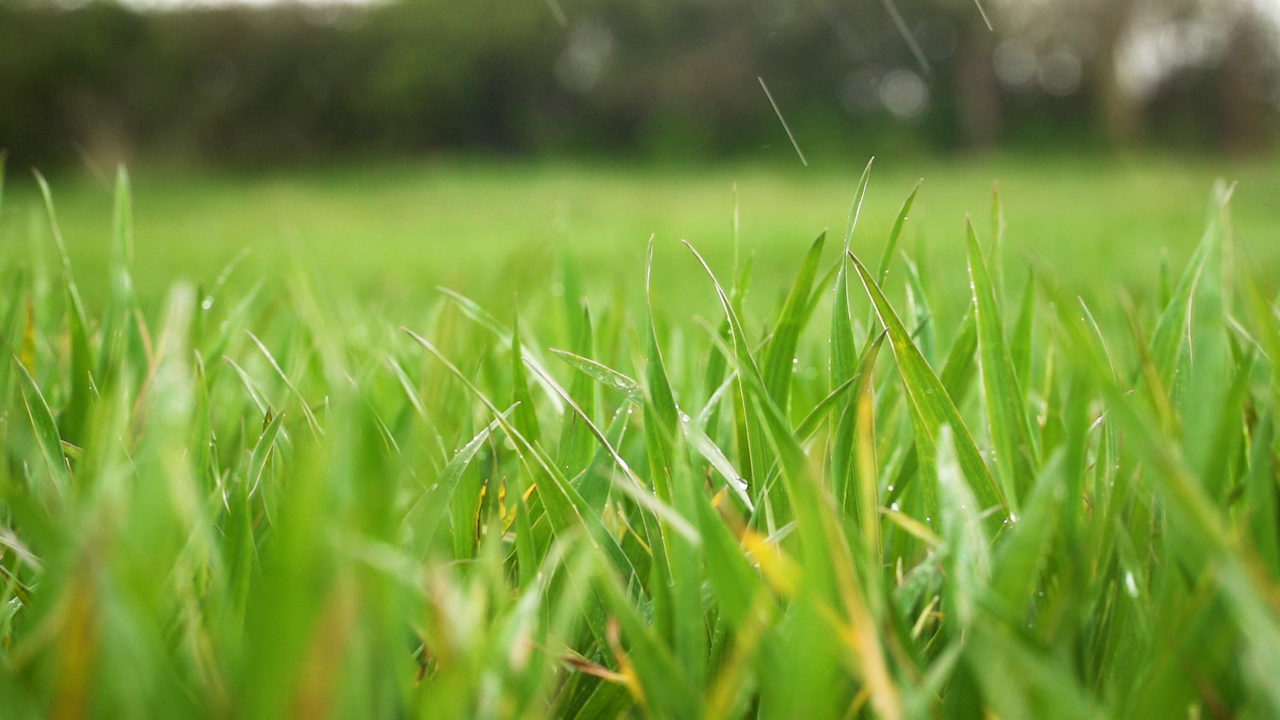In the first winter wheat instalment of the ‘Crops Watch Series’ in association with Terrachem, John Mulhare and Robert Beattie – both from Terrachem – discuss the performance and use of Corteva’s novel new fungicide Inatreq active.
With winter wheat crops currently showing significant levels of septoria tritici, and certain varieties also exhibiting considerable yellow rust – not to mention the continuing decline in performance of SDHI (succinate dehydrogenase inhibitor) and azole chemistry – the arrival to the spray stores of this new wheat fungicide could not be more significant or better timed.
‘Inatreq’ as it is widely known, is the chemical fenpicoxamid, from the picolinamide family. Simply put, Inatreq active comes from a completely new chemical family for cereal fungicides, with no known cross resistance between it and any other chemical family currently in use in Irish cereal growing today.
This will prove invaluable in wheat disease control programmes where so many of the current strains of septoria tritici have become increasingly difficult to control with the older SDHI and azole chemistries.
As with most new chemistry however, it is a single site mode of action, and so must be protected with extreme care. For that reason Inatreq active is always sold in a commercial box with a triazole partner. In addition, it is recommended to always use a multisite such as folpet for resistance management.
Performance
For the grower, the brands they will encounter are Aquino (7.5L, treating 3.75ha, and purchased in a commercial box with metconazole), Questar and Peacoq (both being 10L, treating 5ha each, and purchased in commercial boxes with prothioconazole and tebuconazole mixes).
In the video below you will hear Terrachem’s John Mulhare and Robert Beattie detail some of the performance characteristics of Inatreq active over the last two season’s trials in Ireland, and the results achieved through its use.
Formulation plays a hugely significant part in Inatreq active’s ability to perform in terms of disease control, and consequently the product delivers what may be regarded as extremely high levels of both curativity and persistence, against septoria and yellow rust.
An aspect of the products formulation is the ability it gives to the active ingredient to travel with ease through the leaf wax, giving unparalleled coverage of the leaf tissue, and facilitating the truly impressive levels of persistence observed in trials over the last number of seasons.
In terms of delivering return to the growers, John Mulhare outlines what has been seen in those trials from the previous two years.
With the purpose of trials being to capture both the highs and the lows of product performance, John highlights how in the trials they have conducted, Inatreq active has delivered an average of 1.2t/ha more yield than the older SDHI based programmes it was compared to.
That response has varied, from highs of 1.4t to lows of 0.8t, but even at the lowest increase the return on investment is significant.
Versus the newer azole product launched more recently, while data is only available from one year of trials, John highlighted that though the yield increases obtained over that chemistry was not as high, at the three trial sites evaluated, Inatreq active was still the top performer.
Usage
Robert highlights that while the absolute minimum rate at which Inatreq active should be used is 1.5L/ha, as disease pressure increases, and in particular for yellow rust, rates should move towards the full 2.0L/ha.
In terms of placement, Inatreq active products are likely to be used mainly at T2, which is the automatic choice for the strongest products in the programme.
However, it is expected that many growers will be placing Inatreq active at T1 this year, in order to protect the very good yield potential that many crops are currently showing.
This is due to its strong activity on yellow rust, the very significant yield increases achieved over the older SDHI based programmes, and the truly impressive levels of persistence against disease that has been seen by so many agronomists in the previous two years trials.
For more information…
